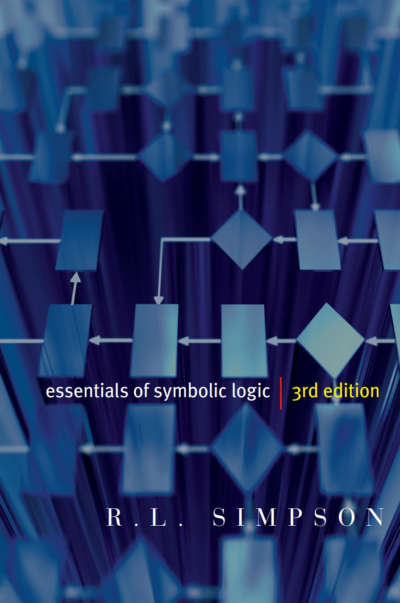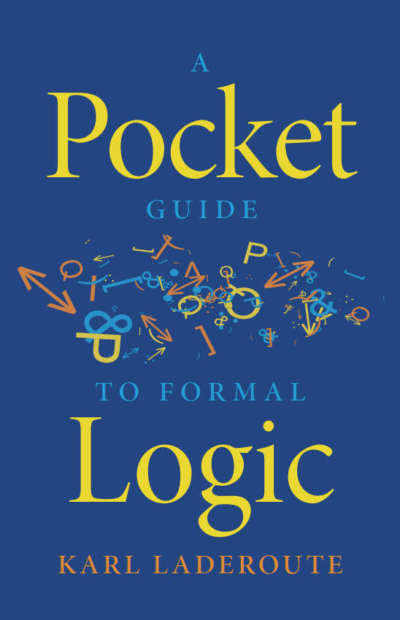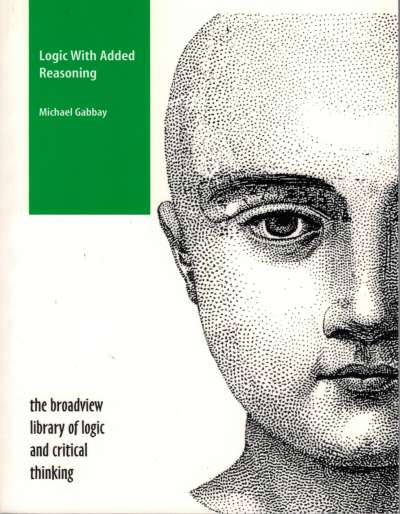This text offers an innovative approach to the teaching of logic, which is rigorous but entirely non-symbolic. By introducing students to deductive inferences in natural language, the book breaks new ground pedagogically. Cannon focuses on such topics as using a tableaux technique to assess inconsistency; using generative grammar; employing logical analyses of sentences; and dealing with quantifier expressions and syllogisms. An appendix covers truth-functional logic.
Deductive Logic in Natural Language
Preface
Acknowledgments
Abbreviations
I. Fundamentals
- Propositions and sentences—the basic units of logic and language
- Truth and (declarative) sentences
- Consistency and sets of sentences
- Validity and arguments
Exercises
II. Stories and Situations
- Reference and truth
- Meaning and truth
- Might have beens
- Truth with respect to a situation
Exercises
III. Establishing Inconsistency with Tableaux
- Obvious inconsistency
- Semantic tableaux: dividing and conquering
- Efficiencies in tableaux
- A tableau that closes
Exercises
IV. Extending the Tableau Technique
- Counter sets and validity
- Resolving reference
- Additional constructions
- When can a sentence be checked?
Exercises
V. Generative Grammar
- What we mean by a grammar
- Phrase-structure grammars; Phrase-markers
- Transformations
- Syntactic ambiguity
Exercises
VI. Logical Analysis of Complex Sentences
- “If s,” “And’s,” or “But’s”: Conjunctions and sentence connectives
- Rule-governed sentence connectives in tableaux
- Transformations in logical analysis; Grouping
- The reach of rules; Negated conditionals
- Tableaux constructed by rules
Exercises
VII. Logical Analysis of Simple Sentences: Identity and Other Relations
- Designators and predicates
- Properties and relations; Types of relations
- The peculiar relation of identity
- Tableau rules for identity
Exercises
VIII. Logical Analysis of Simple Sentences: One-Word Quantifiers
- Quantifiers in general
- The simplest quantifiers: “everyone,” “someone,” and “no one”
- Tableau rules for the simplest quantifiers
- The simplest quantifiers in tableaux
- “Anyone,” quantifier scope, and anaphoric pronouns
Exercises
IX. Quantifier Expressions and Syllogisms
- The universal quantifier
- Relative pronouns, and the existential and nihilistic quantifiers
- Tableaux for syllogisms and other arguments
- “Anyone” and logical equivalence
- Things, times, and places
Exercises
Appendix: Truth-Functional Logic
- Review: Tableau rules for sentence connectives
- Three levels of symbolization
- Symbolic languages for algebra
- Truth-functions and their computational tables
- Truth tables and calculating truth-values
- Constructing an arbitrary function; Normal form
Exercises
For Reading and Reference
Index











